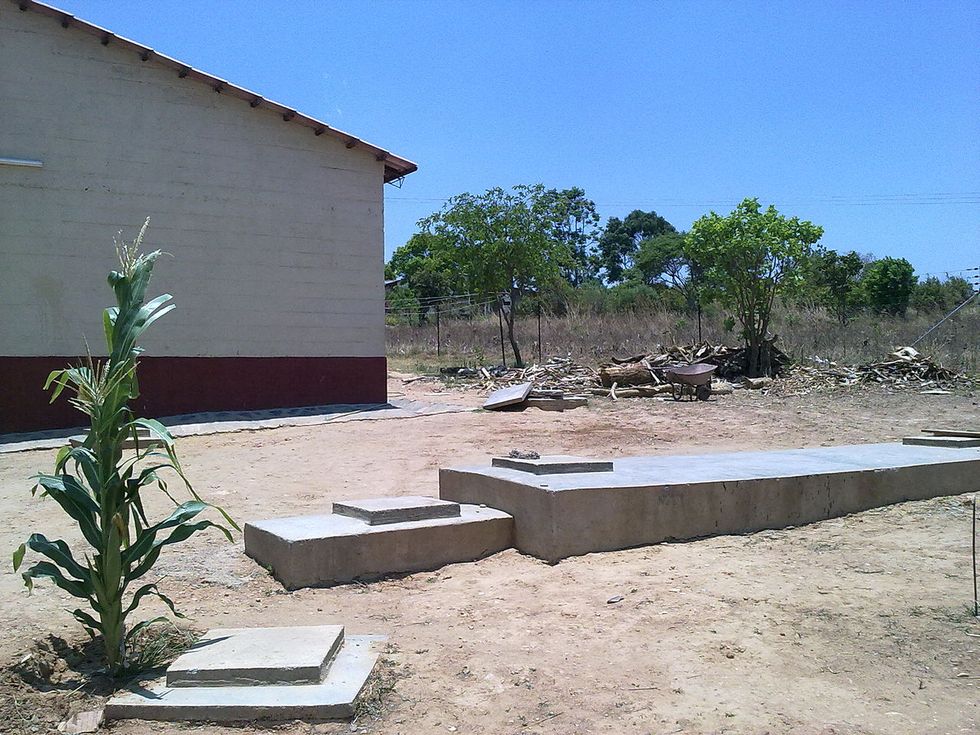The septic tank collects wastewater from connected drains and toilets. The treatment chamber portion treats the sewage prior to it being discharged in the drain field. The treatment process consists of a biochemical treatment. In the tank, the solids settle while light materials like oils and greases float to the surface. The drain field, commonly referred to as the leach field, is just beneath the surface of your yard.
Anaerobic versus and aerobic systems
Anaerobic systems do not utilize oxygen to treat wastewater. The treatment process occurs in two sections of the system. A small portion of the treatment happens within the tank, and the rest of it happens in the dispersal area. Anaerobic systems aren’t powered by electricity or ongoing maintenance, but they must be pumped every three years. This system is more affordable than other types. You can expect to pay anywhere from $6,000 to $12,000 for installing this system.
Aerobic systems require the use of oxygen to treat the collected wastewater. The system relies on aerobic bacteria to process to break down the organic solids in the septic tank. Very little of the processing happens in the drain field’s dispersal area. The processing approach means that the leach field is smaller. Once the processing is completed, the aerobic tank is cleaner in comparison to the anaerobic system. On average, people can expect to pay anywhere between $10,000 and $20,000 for this type of system. Ideally, this type of system is well-suited for homes located near bodies of water or on smaller lots.
The design of the septic tank
A quality concrete septic system is manufactured with fiberglass, concrete and steel rebar. Smaller systems have a capacity of 500 gallons while larger systems have a capacity of thousands of gallons. Most residential systems have anywhere between 1,000 to 1,500 gallons. The system can contain one or more multiple treatment chambers. One side of the chamber contains an outlet, and the other, an inlet that channels the sewage throughout the system from one end to the other.
Advantages of a smaller septic system
In the Northeast, people choose to go with compact systems that require a much smaller leachfield. Systems like the Norweco Singulair septic tank have a smaller footprint because of its smaller tank dimensions fabricated from concrete. The footprint is perfect for smaller lots. These systems come with a waiver that has a 75 percent footprint reduction. This means that this type of system can be used on many types of smaller properties that cannot support a traditional system due to size constraints.
Advantages of systems like the Norweco system:
• Supports up to four bedrooms
• Has a 2-ft soil credit as opposed to the standard four feet required of other units
• Minimizes leachfield footprint
• Maintains consistent flow equalization, fully treating all wastewater internally
• Low maintenance costs
• Efficient systems works quietly, processing all effluent in 48 hours
• Certified by the National Sanitation Foundation
• Systems easily installed
There are advantages to both anaerobic and aerobic systems. Some systems require smaller leachfields due to their compact design. These alternative systems are perfect for areas located next bodies of waters or residences with smaller lots that can’t support a larger system.
Politics and ActivismMay 13, 2018
The Importance Of Septic Tank
What to watch out for in your yard
1.4k
















